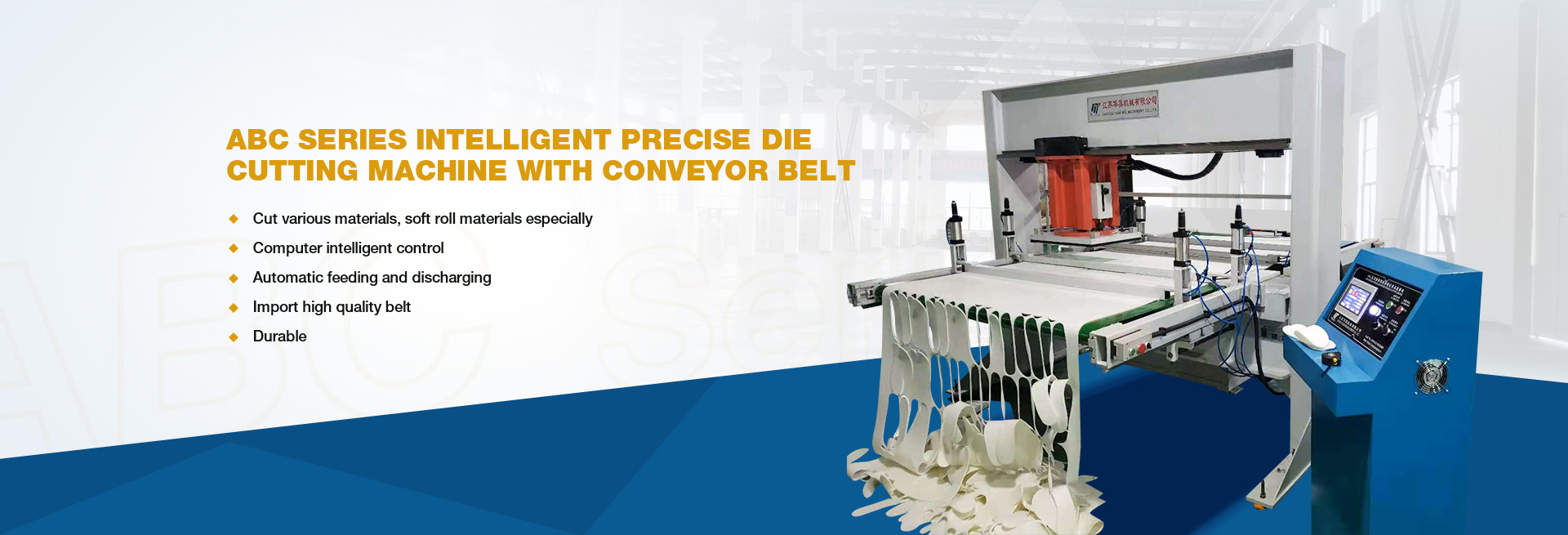Analysis of the use of hydraulic cutting machine?
The characteristic of the hydraulic cutting machine is that when the cutting head is applied on the processed material through the knife mold, the pressure in the acting cylinder does not reach the rated pressure, the pressure will increase with the time of contact (cut into the working object), until the electromagnetic reversing valve receives the signal, the reversing valve changes, and the cutting head begins to reset;
At this time, the pressure in the cylinder may not reach the set rated pressure value due to the limitation of the pressure oil time for entering the cylinder; that is, the system pressure does not reach the design value, and the punching is completed.
Hydraulic cutting machine
Hydraulic transmission of the cutting machine, in the mainstream position. In the hydraulic cutting machine, a large number of what is used is the tonnage in 8-20 tons of the rocking arm cutting machine. Flat plate type and gantry cutting machines are mostly used in relatively large manufacturers, more suitable for leather, artificial non-metallic materials.
The pneumatic reversing valve of the cutting machine feeder is faulty
The faults of the reversing valve of the automatic cutting machine are: the valve can not change or move slowly, gas leakage, and the electromagnetic pilot valve has a fault.
(1) the reversing valve can not be changed or the action is slow, generally caused by poor lubrication, spring stuck or damaged, oil or impurities stuck sliding part and other reasons. In this regard, first check whether the oil mist device works properly; whether the viscosity of lubricating oil is appropriate. If necessary, replace the lubricating oil, clean the sliding part of the reversing valve, or replace the spring and reversing valve.
(2) The switching valve of automatic cutting machine for a long time is easy to appear valve core sealing ring wear, valve stem and seat damage phenomenon, resulting in gas leakage in the valve, valve slow action or not normal switching direction and other faults. At this time, the sealing ring, valve stem and valve seat should be replaced, or the reversing valve should be replaced.
(3) If the inlet and exhaust holes of the electromagnetic pilot valve are blocked by mud and other debris, the closure is not strict, the moving core is stuck, the circuit fault, can lead to the reversing valve can not be normally changed. For the first 3 cases, the oil sludge and impurities on the pilot valve and the moving iron core should be cleaned. And the circuit fault is generally divided into control circuit fault and electromagnetic coil fault two categories. Before checking the circuit fault, we should turn the manual knob of the reversing valve several times to see whether the reversing valve can change normally under the rated pressure. If the normal direction can be changed, the circuit has a fault. During the inspection, the instrument can be used to measure the voltage of the electromagnetic coil to see whether the rated voltage is reached. If the voltage is too low, further check the power supply in the control circuit and the associated stroke switch circuit. If the reversing valve cannot change normally at the rated voltage, check whether the connector (plug) of the solenoid is loose or not in contact. The method is to unplug the plug and measure the resistance value of the coil. If the resistance value is too large or too small, the electromagnetic coil has been damaged and should be replaced.
Post time: Jul-15-2024



